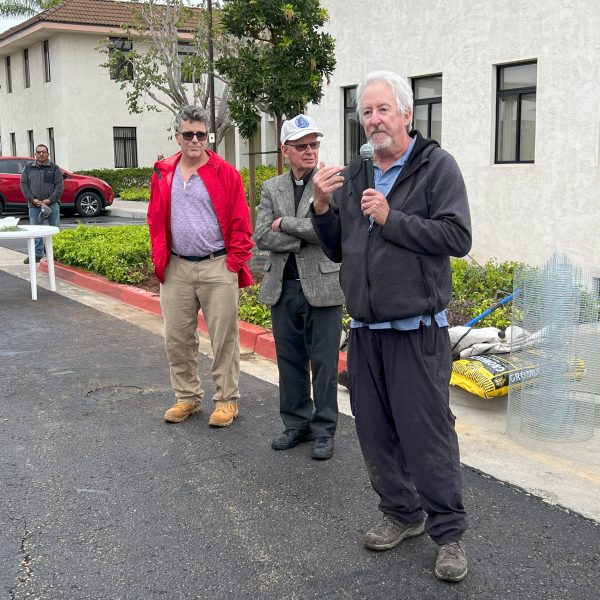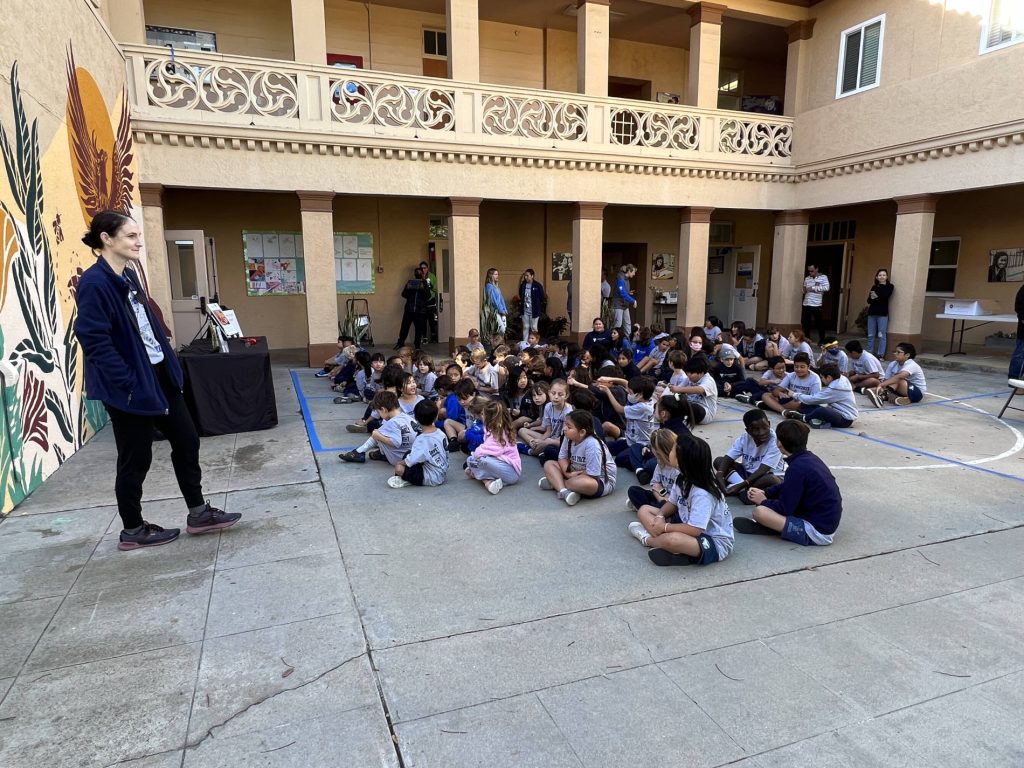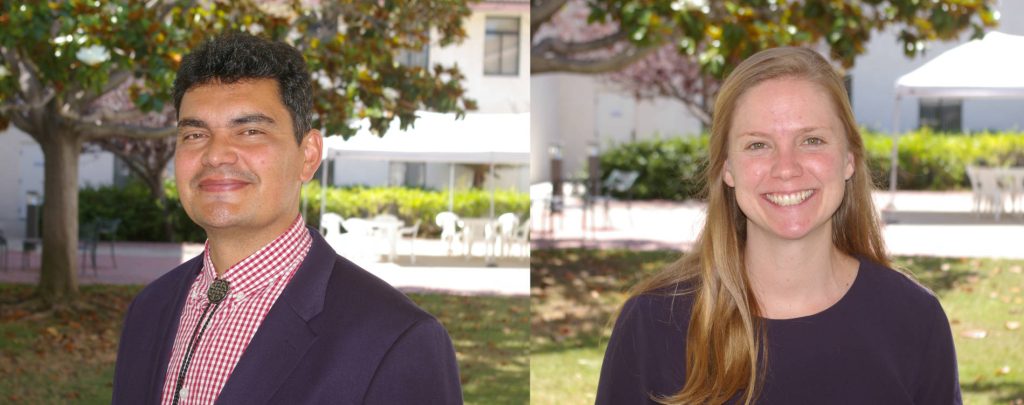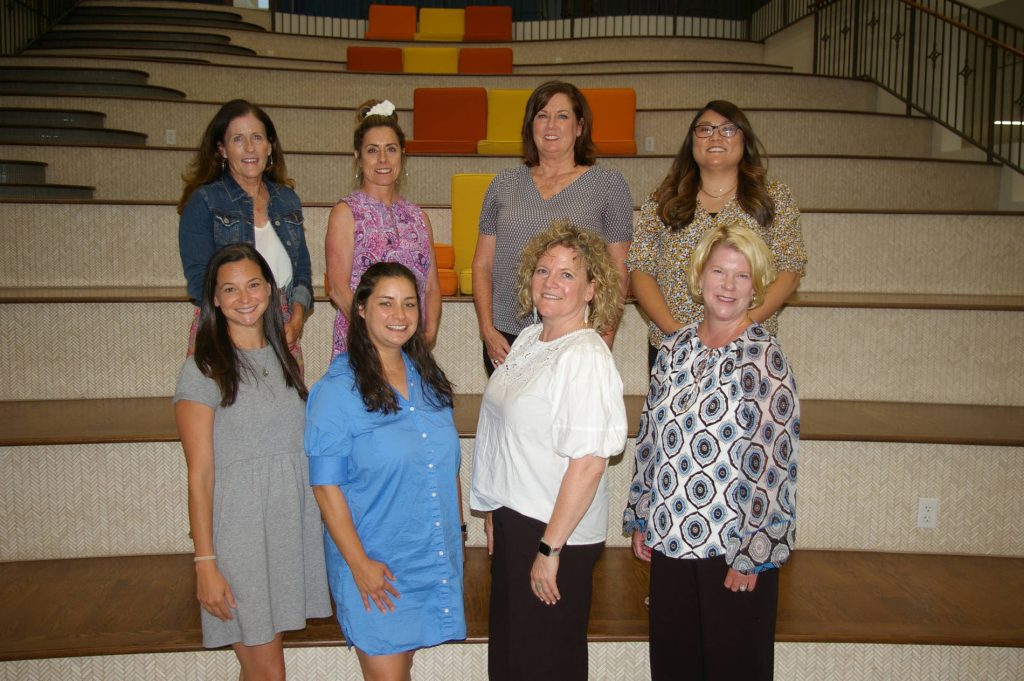SAN DIEGO — Local Catholic elementary schools are taking steps to better meet the educational needs of English-language learners.
Educators at St. Katharine Drexel Academy, St. Didacus School, Our Lady’s School and Our Lady of Mount Carmel School (San Ysidro) are currently being trained in the Project GLAD instructional model.
And Leticia Oseguera, diocesan superintendent of schools, said the goal is for a new group of schools to go through the training each year, until all 42 diocesan elementary schools have adopted these strategies.
Founded more than 35 years ago by a group of educators in Orange County, Project GLAD stands for “Guided Language Acquisition Design.”
Oseguera said that local Catholic schools are currently serving a growing number of English-language learners, for whom English is not their native language and who speak another language at home.
But this project’s approach isn’t only beneficial to them.
“These strategies can be used for everyone. It’s really going to help the entire class,” Oseguera said.
Last August, the diocesan Office for Schools arranged for the principals and teachers of the four schools to attend a two-day introductory workshop presented by the San Diego County Office of Education. The Schools Office also is sending a cohort from each of the four schools, including its principal and three teachers, to earn full certification in Project GLAD.
To be certified, the educators will observe the use of project strategies in a local public- or private-school classroom and will be coached by experts over a period of four days. Upon returning to their own schools, they will begin adopting these strategies and share them with their colleagues, ensuring that the entire faculty is on the same page.
“What’s so amazing about the program is it’s not a curriculum; it’s strategies,” said Kim James, principal of St. Didacus School. “So, we can incorporate it into curriculum we’re already using.”
These strategies emphasize such concepts as visual learning and repetition.
“It connects more parts of the brain to give those students various ways for learning success,” James said.
“You could definitely tell a (Project) GLAD classroom because there would be posters everywhere,” said Kelly Bonde, principal of St. Katharine Drexel Academy.
Oseguera gave examples of the strategies.
One is the “Cognitive Content Dictionary,” a chart created in collaboration between teacher and students, which is used to introduce unfamiliar and potentially challenging words.
Here’s how it works: The teacher identifies words that might prove difficult for her students in an upcoming lesson, invites the students to say what they think the words mean, and ultimately reveals the correct definitions, including the words and their definitions on a chart that will hang in the classroom for future reference.
Oseguera said another strategy is to create chants or songs to teach and reinforce the pronunciation and definitions of challenging words, arranging them in rhyming stanzas and sometimes setting them to familiar tunes.
Bonde attended a four-day training session in late September, observing Project GLAD practices being used in a fourth-grade public school classroom in Vista.
She said she was “kind of astounded” by how much the students’ confidence and participation levels increased.
“There’s really no denying the power of this program when you get to see it play out in person and see the positive results just after the four days with the students.”









